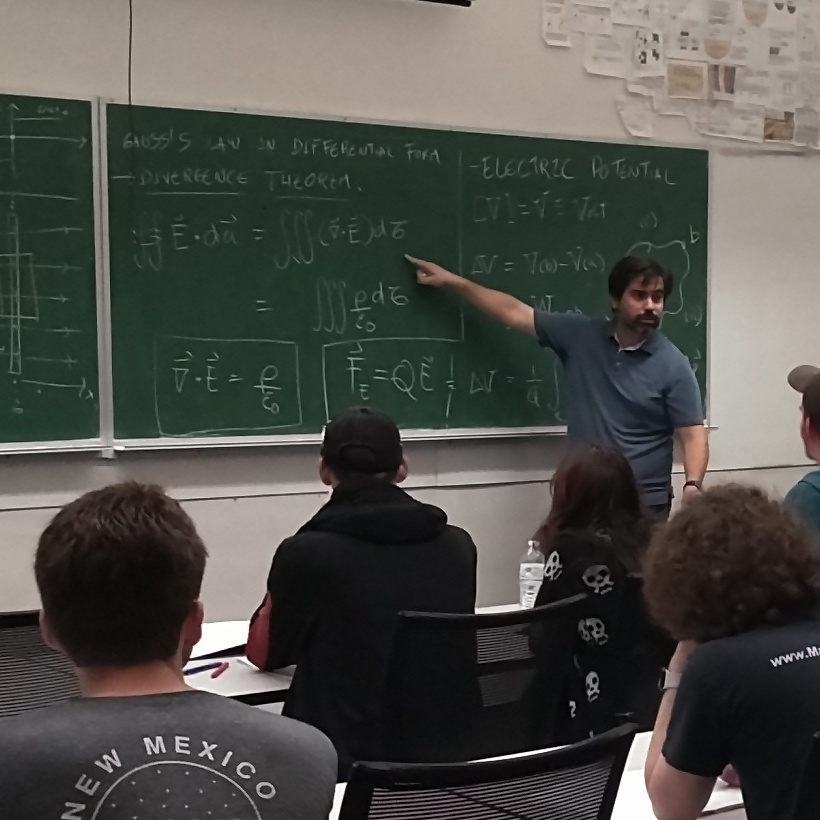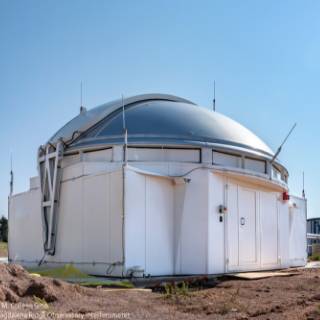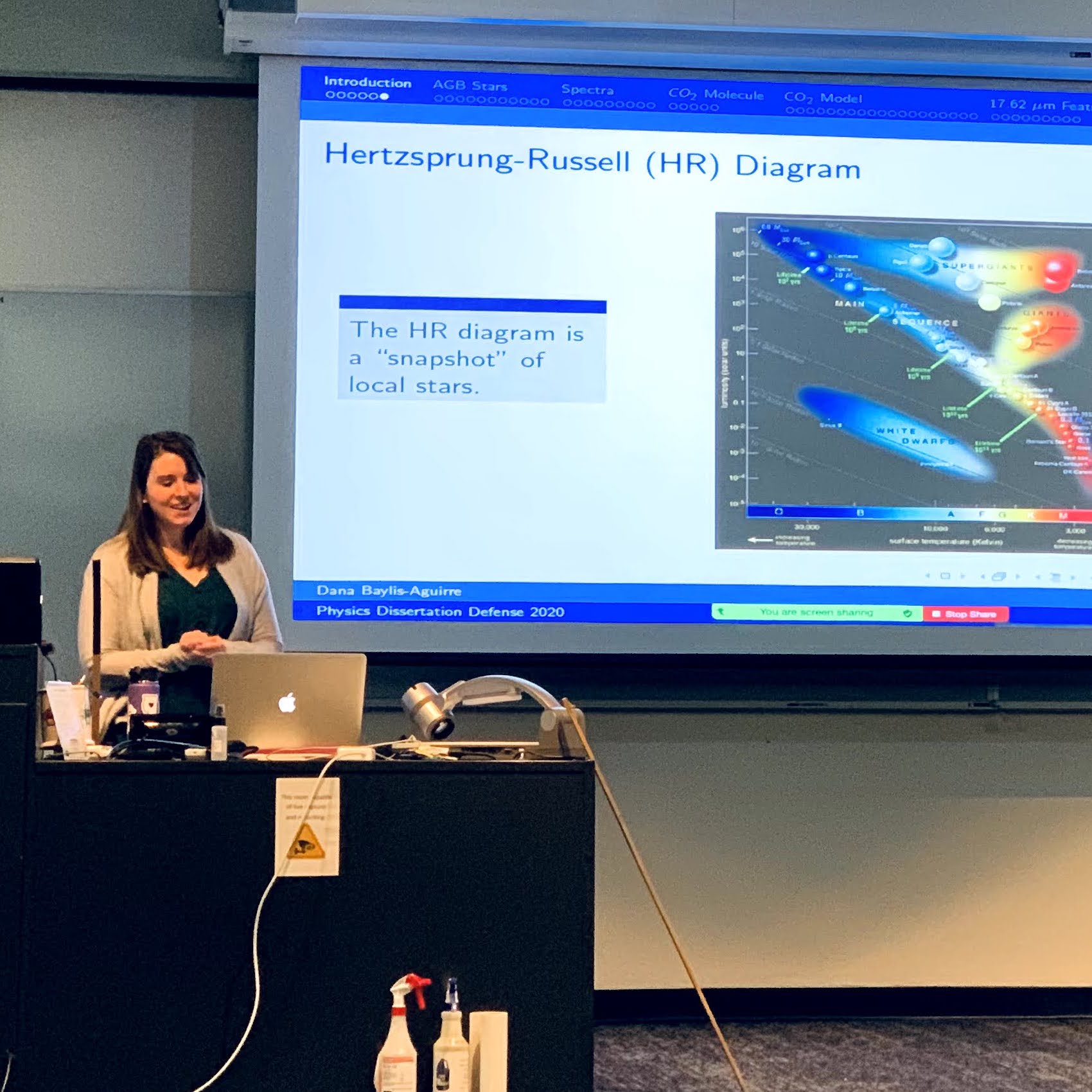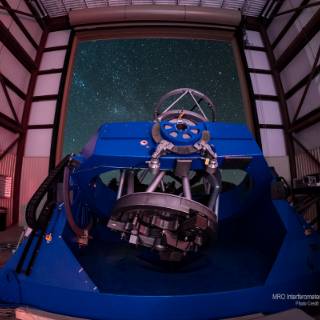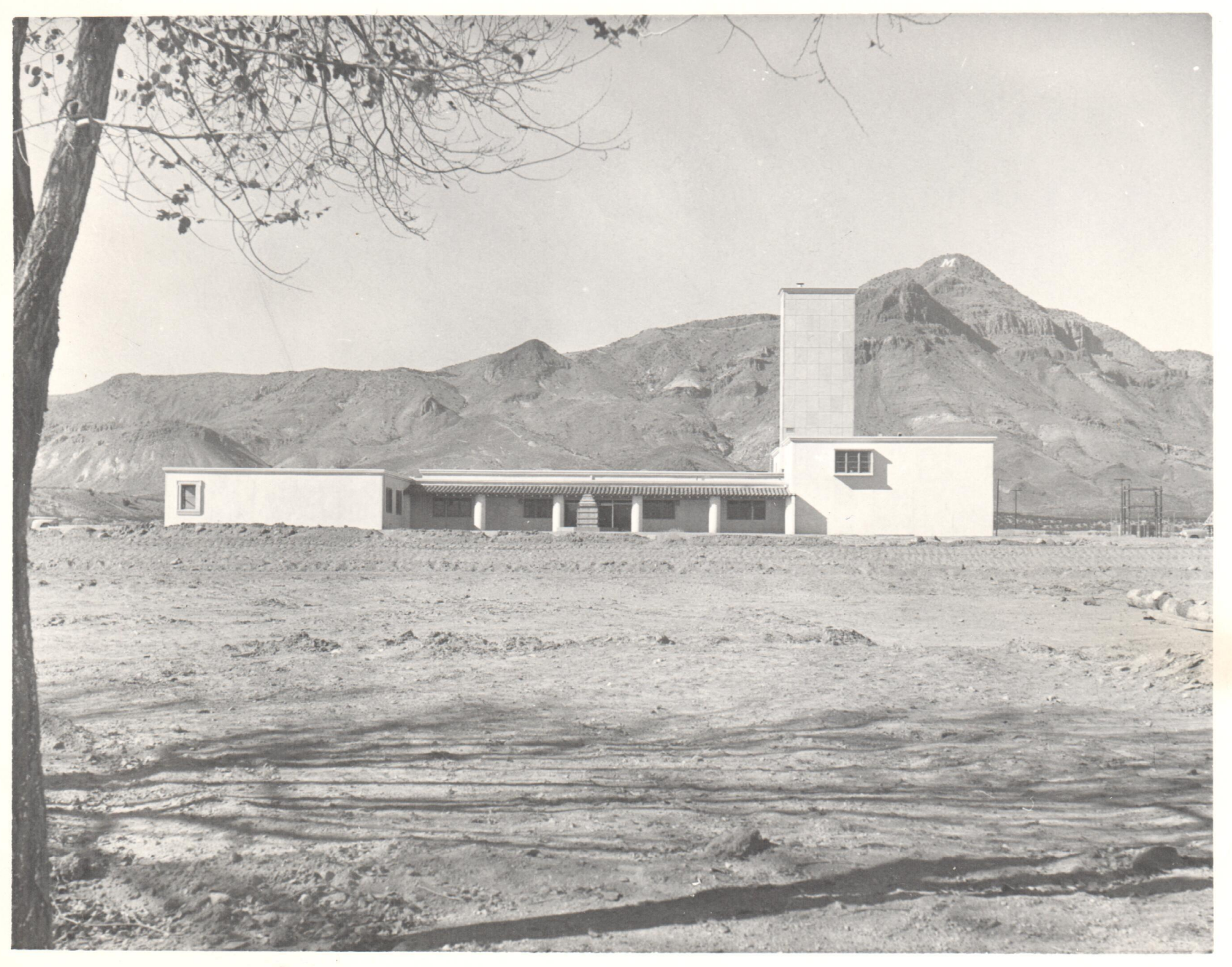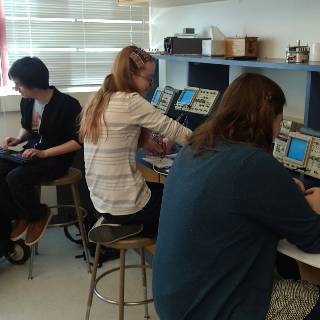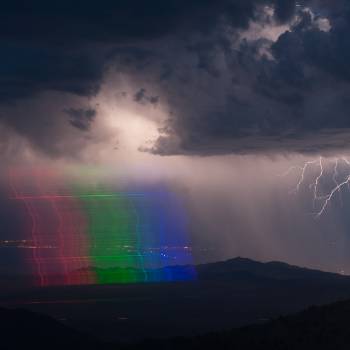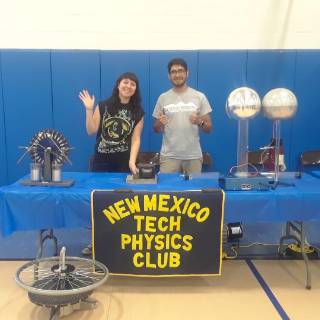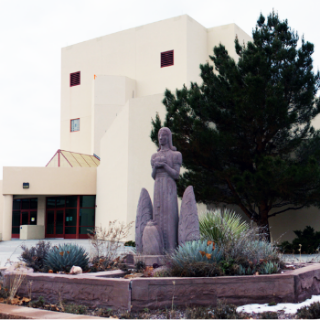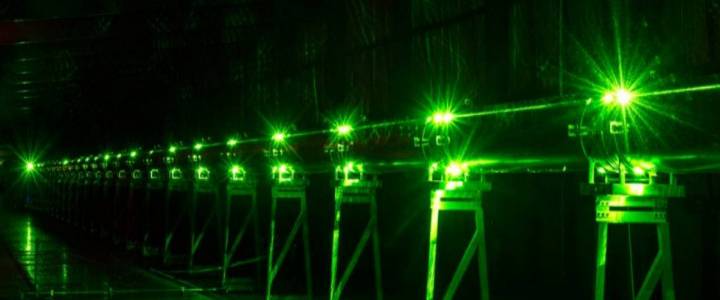
Department of Physics
Physicists ask the most fundamental questions about science. Why are we here? What are we made of?
Physicists at New Mexico Tech are specifically fascinated by phenomena in the Earth's atmosphere and in deep space.
--------------------------------------------
Active Research Groups:
Affilitated Institutions:
Langmuir Laboratory for Atmospheric Research
National Radio Astronomy Observatory
Upcoming Events:
COLLOQUIUM THIS WEEK
Thursday's at 4 PM in Workman 101
Colloquium will resume beginning Fall 2025 semester, have a great summer!
Newsstand Link:
Current News Around our Department
This video provides a glimpse of what it's like to be a student in the Physics Department at New Mexico Tech. It was created by Physics PhD student Daniel Jensen.
